Leica Noctilux-M 50mm f/1.0 ASPH Lens Tutorial
Introduction
When Leica camera announced the new Leica Noctilux-M 50mm f/0.95 ASPH lens bearing f/0.95 and improvements over the previous version in 2008, an obvious question began to emerge, “would the new Leica Noctilux-M 50mm f/0.95 ASPH lens be the new king of fast lenses and replace the throne of Leica Noctilux-M 50mm f/1.0 lens.

Technically, speaking the new Leica Noctilux-M 50mm f/0.95 ASPH lens has many improvements to its credit from the version that was designed by Dr. Walter Mandler. It is sharper; it has more light gathering capabilities, it is, after all, a new version built upon the generations of Noctilux lenses.
I sometimes get asked which one I prefer more, the new version Leica Noctilux-M 50mm f/0.95 ASPH lens or the older version, Leica Noctilux-M 50mm f/1.0 lens. I always answer the same “depends on what I am using it for.” That is the principal question that begets to be answered when the question comes up on which lens one should choose in the new vs. old Leica Noctilux-M 50mm f/1.0 lens designs.
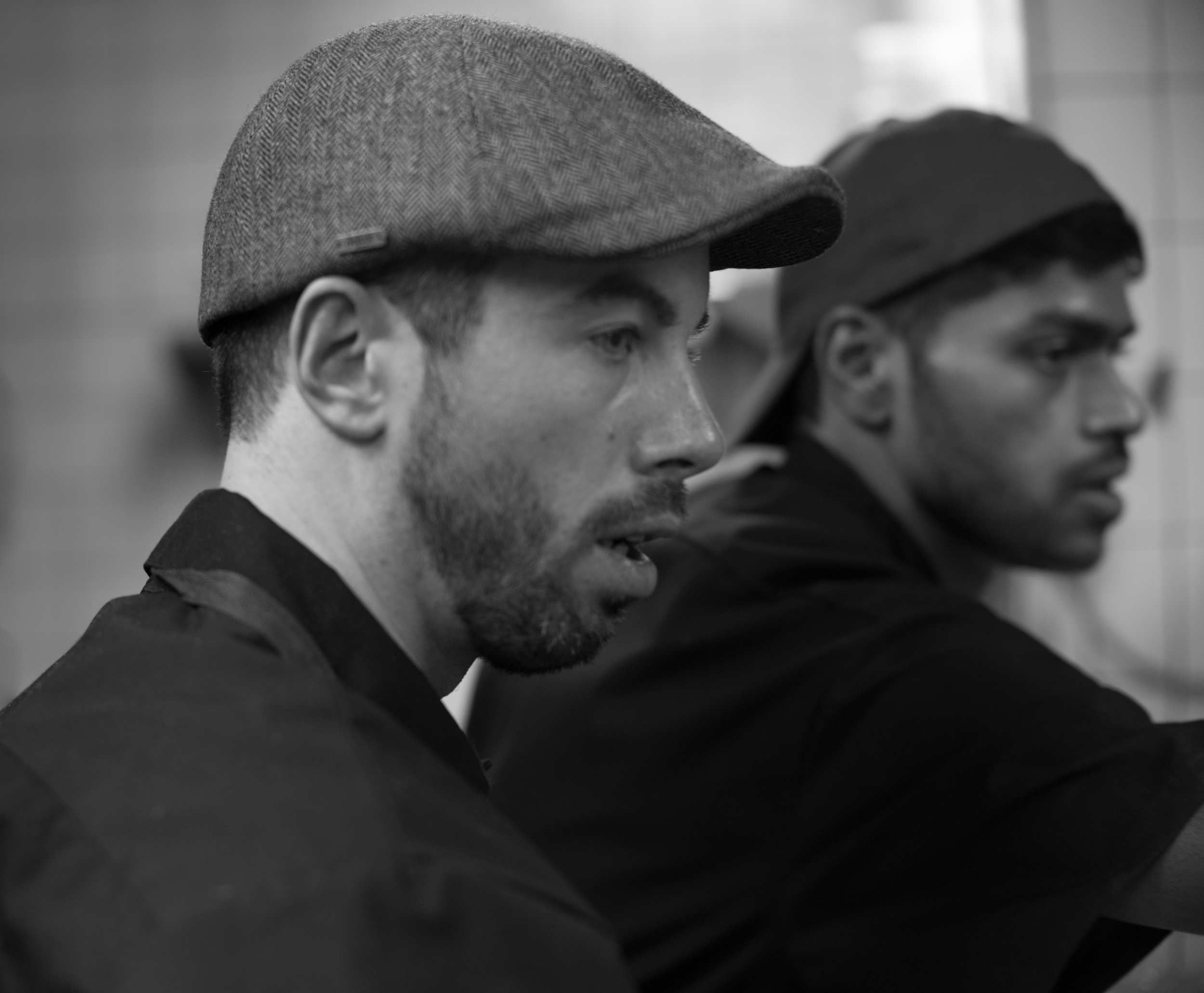
To better explain this, think of the latest Ferrari. It is faster, handles better than all its previous models. Hence, technology at work. So the logic dictates that one would choose the faster Ferrari. Right ? I say, depends on your goal.
Take a look at 1962 Ferrari GTO 250; it is slower than the current version. For sure, if you are to race on track then Ferrari F50 would be a better choice. But we don’t live on race tracks, and we drive on highways and streets.
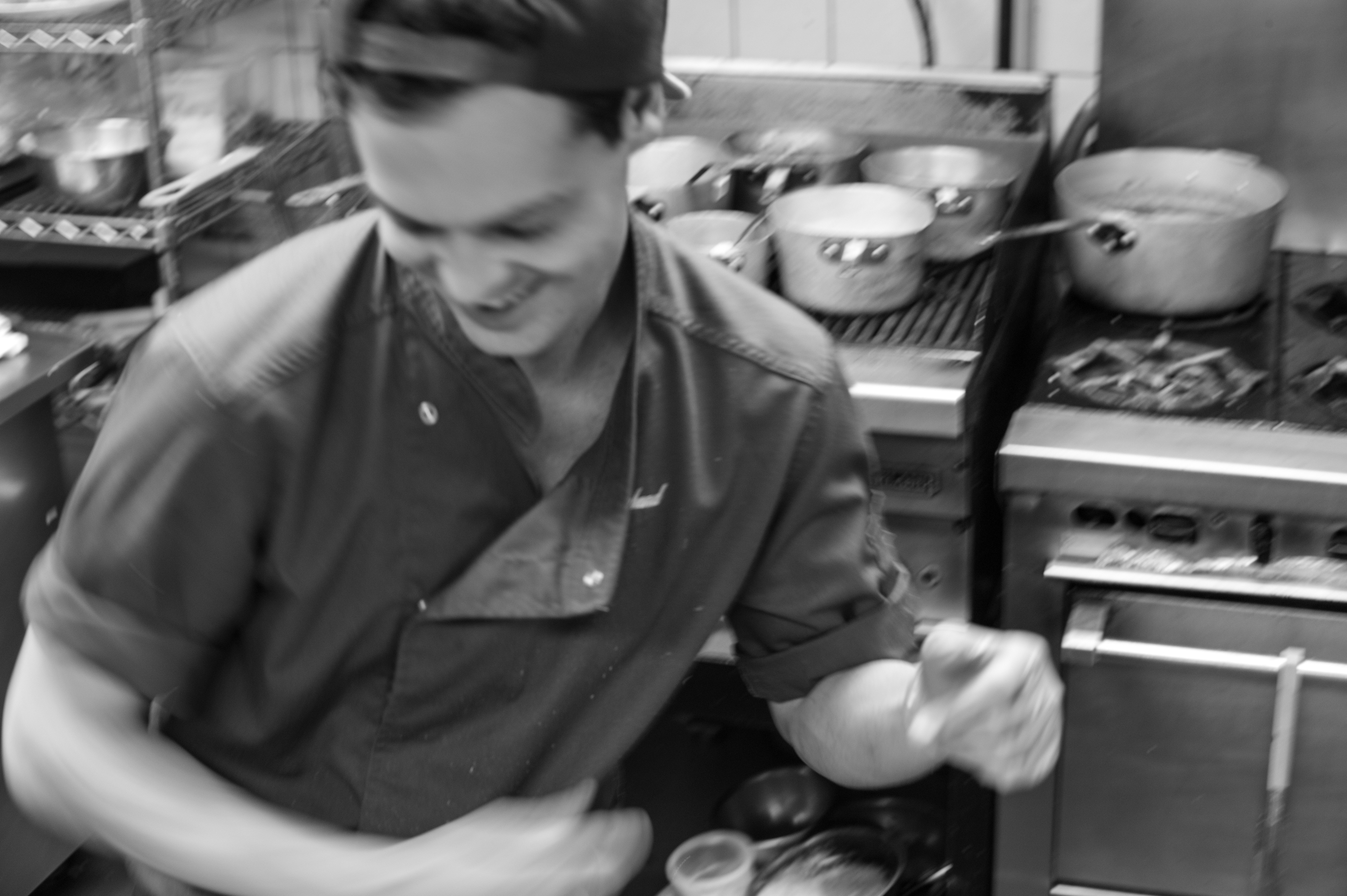
This is the same analogy that would go into comparing the previous Leica Noctilux-M 50mm f/1.0 lens to the more recent version. For the price of a 1962 version of Ferrari you can but about 40 new Ferraris today. Thankfully, the older version Leica Noctilux-M 50mm f/1.0 lens still sells less than the current version.
If you have done your research on the internet, you would have seen comparative photographs with crops and analysis of sharpness of these two lenses. There are enough comparative studies to show why the new version, Leica Noctilux-M 50mm f/0.95 ASPH lens is “better.”
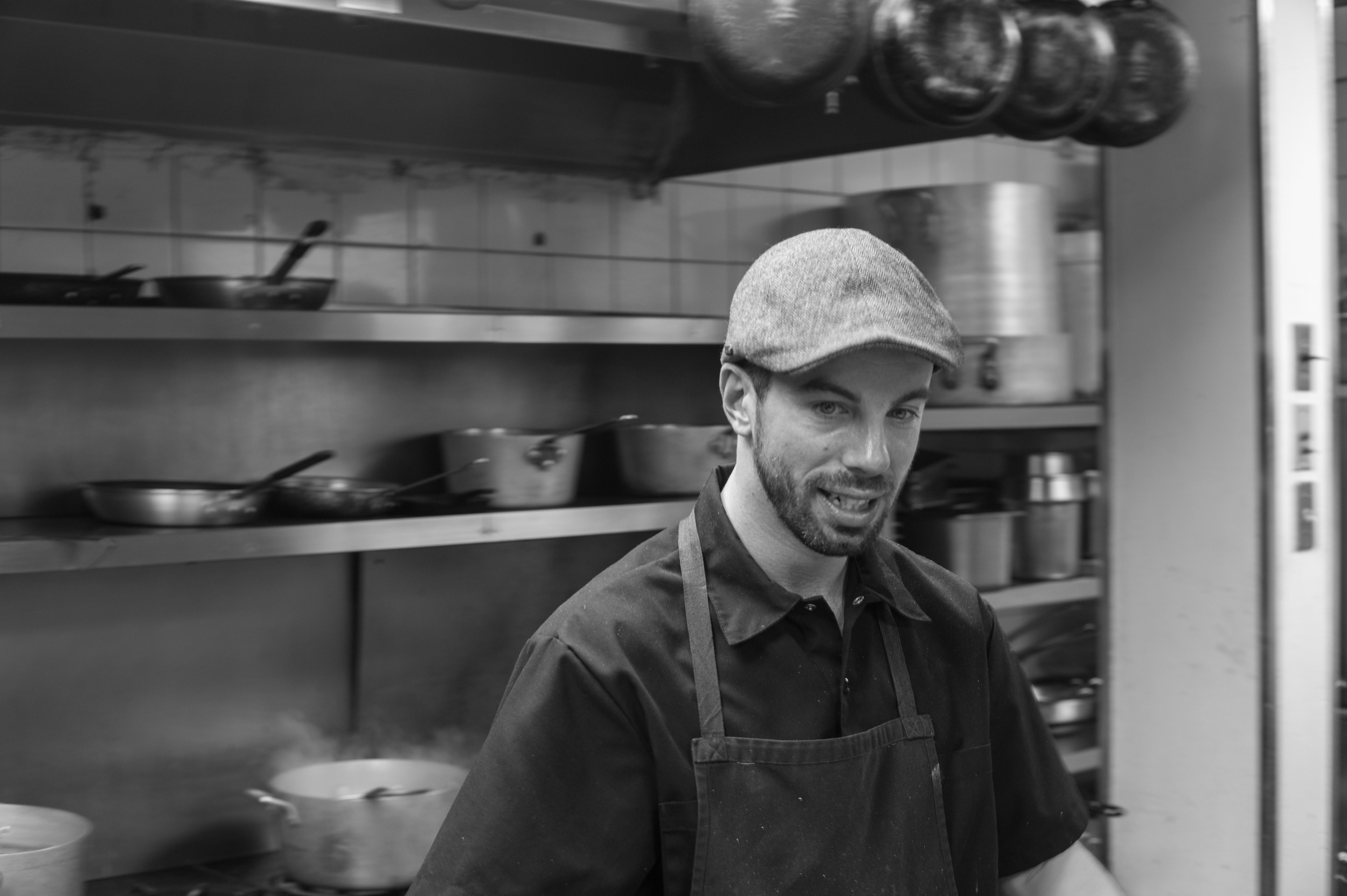
I am writing this review from an entirely different perspective. Instead of comparing two amazing lenses, I want to show you how you may use the older version, Leica Noctilux-M 50mm f/1.0 lens in a way that is more suitable for an intended purpose.
Please bear in mind that while the world may go on debating which photograph looks best or which lens is sharper, every lens has its own unique characteristics that are what defines that lens.

For me, Dr.Walter Mandler had designed a lens that has an unmatched rendering of contrast and color that is truly different than all other lenses in Leica camera’s current line up. I see the older version of the lens recalling a time from the days of good jazz and well-built cars with chrome bumpers.
So, when I went to photograph the chef at one of my favorite restaurants, I choose Leica Noctilux-M 50mm f/1.0 lens from my choice of lenses. I also wanted to capture that timeless quality that is brewed in a good old fashion kitchen where culinary magic happens.
My intended purpose was to capture that “feeling of timelessness” and what better way to do it but with a Leica lens and camera that photographs only in black and white.
Armed with my Monochrom, I made my way to the kitchen. As always, I talked with the staff and the chef, creating that vibe that lets a photographer be invisible when photographing.
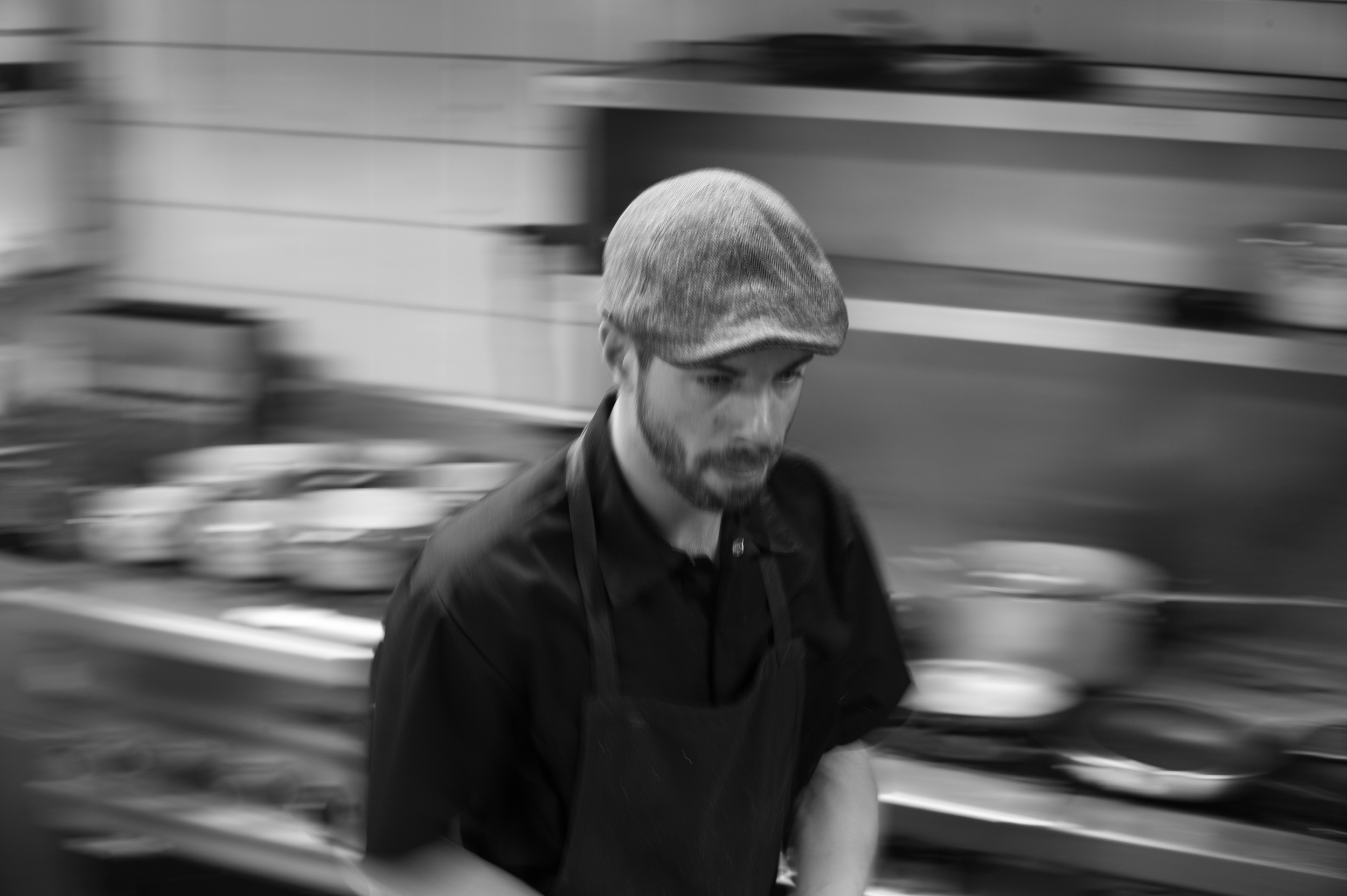
Then the orders came in, as the chef began cooking each other, I sensed that he had just stepped into his meditative world. There nothing mattered but the task at hand. In his world time became nonexistent and through the chemistry of flavors blending a sort of magic was cast.
As he flipped the food in the pans, I could see that he was in “the moment” and I had come to record that in the best way possible.
If you have used a Leica Noctilux-M 50mm f/1.0 lens designed by Dr. Mandler, you’ll soon realize that it has a particular contrast that conjures up words like “dreamy,” “surreal.” Plus, the fact that all this magic is happening on my side as I captured the chef in that “Leica look” made both the subject and the photographer be in a dance of harmony.
I’d move to position my Leica Monochrom-M typ 246 camera to the exact place in anticipation of his next move then wait to capture that instance with accuracy. Since it was a kitchen, it had to have action, heat, yelling, pans and pots kissing all metal surfaces of counters with a sound that wakes you up to the action. My part in all this was to create as best as possible this feeling of motion on a two-dimensional plane where no sound or smell or touch existed.

Noctilux is amazing in that while I used no additional lights in the kitchen, its wide open aperture allowed me to create the bokeh that allowed the viewer to focus on the particular element that I wanted them to see.
On other moments, I stopped upon the aperture dial to include enough of the background to relay the sense that this was a busy kitchen.
At times, I choose to aim my camera between nooks and crevice of food containers and plates to get close to the action. 50mm is what I feel very comfortable with I can judge the distance focus almost at verbatim on the subject which allows me to observe the work rather than concentrate on the mechanics of the lens and the camera.
In another word, after enough time passes one becomes acquainted then friendship blossoms between the camera and the photographer. There begins a love affair as the camera becomes an extension of one’s limbs. I see Leica Monochrom-M typ 246 camera with its dials perfectly positioned, aperture and focus at the command of my hand an instrument designed to create what I see before my eye.
If you have to stop to look at the screen in the back, fumbled with the dials to capture what you saw then it is most often gone, as you may have discovered life comes down to moments where something happens in an instant and if we are lucky we get a chance to see it.
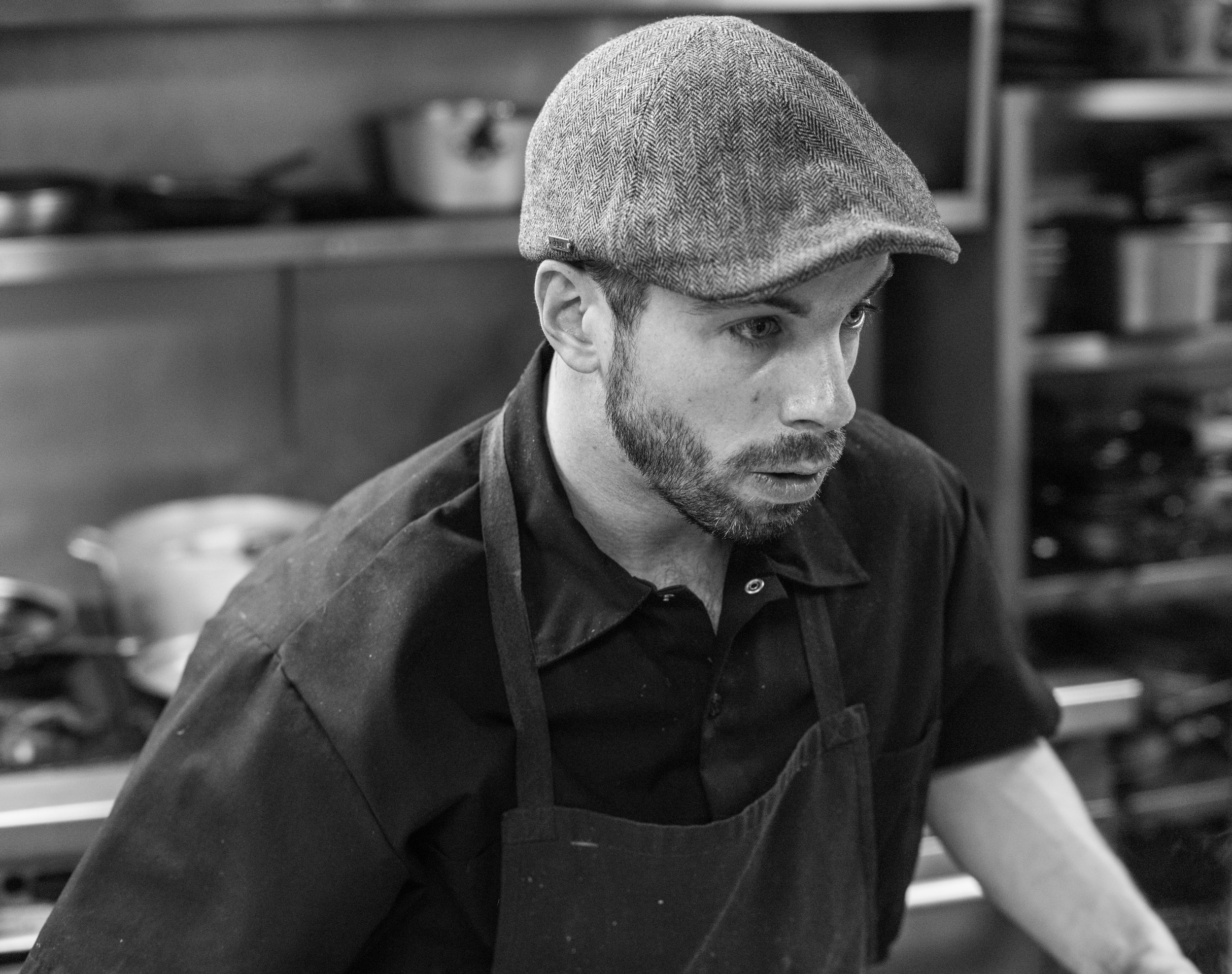
As for my trusted Leica Noctilux-M 50mm f/1.0 lens, she has served me to compose what I had seen before me in my own unique way. It is this interplay of familiarity that allows a person to keep a lens for 20 years even after all the new gadgets have come on stage for their 15 minutes of fame.
What would I recommend to someone looking to purchase this amazing lens? Know what you wish to create, select the right tools to construct your point of view. If Leica Noctilux-M 50mm f/1.0 lens is your choice to use in a particular moment be conscious of your choice.
Most importantly, remember that the widest aperture is just a number, a tool for you to utilize when you are aiming to create what you wish to convey. So, if you are buying this lens because of its fame to gather dust on a shelf or sit in your bag, she will leave you. Because like all good relationships this too takes commitment and trust.
Here are some links to get the best prices on Leica Noctilux Lenses.
Leica Monochrom-M typ 246 Camera
Leica Noctilux-M 50mm f/0.95 ASPH. Lens (Silver) (NEW)
Leica Noctilux-M 50mm f/0.95 ASPH. Lens (Black) (NEW)
Leica Noctilux-M 50mm f/0.95 ASPH. Lens (USED)
Leica Noctilux-M 50mm f/1.0 Lens (USED)
For my upcoming 2018 photography workshops, here are the links
We offer numerous workshops around the world specializing in Leica cameras and lenses. You are invited to take part in one because what you gain from a dedicated a photography workshop for Leica cameras and lenses. The tips and techniques you will learn in these workshops will take your photography to the next level also will stay with you for a lifetime. We look forward to hearing from you.
I hope you have enjoyed this review of Leica Noctilux-M 50mm f/1.0 lens. I kindly ask that you share this article with others who have a passion for photography. We would also be delighted to hear your point of view so write to us.
Oz Yilmaz – Leica Review Team
WE KINDLY ASK THAT YOU HELP US TO KEEP LEICA REVIEW INDEPENDENT BY DONATING A SMALL SUM BY CLICKING THE LINK BELOW. THANK YOU
